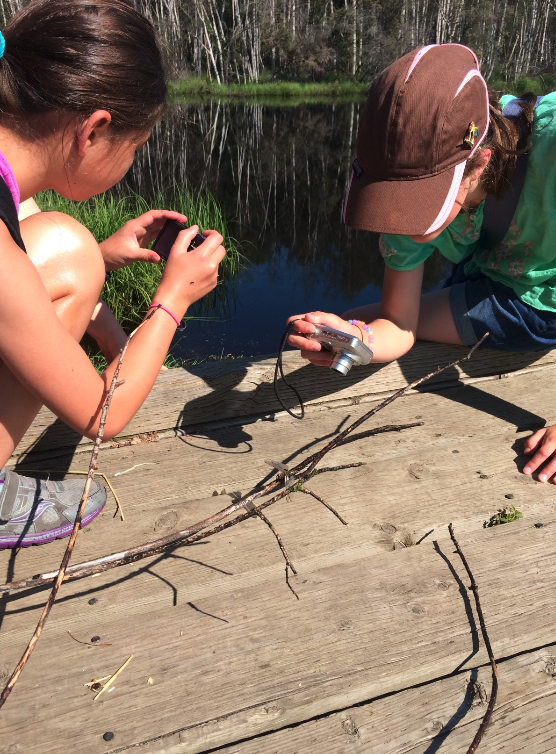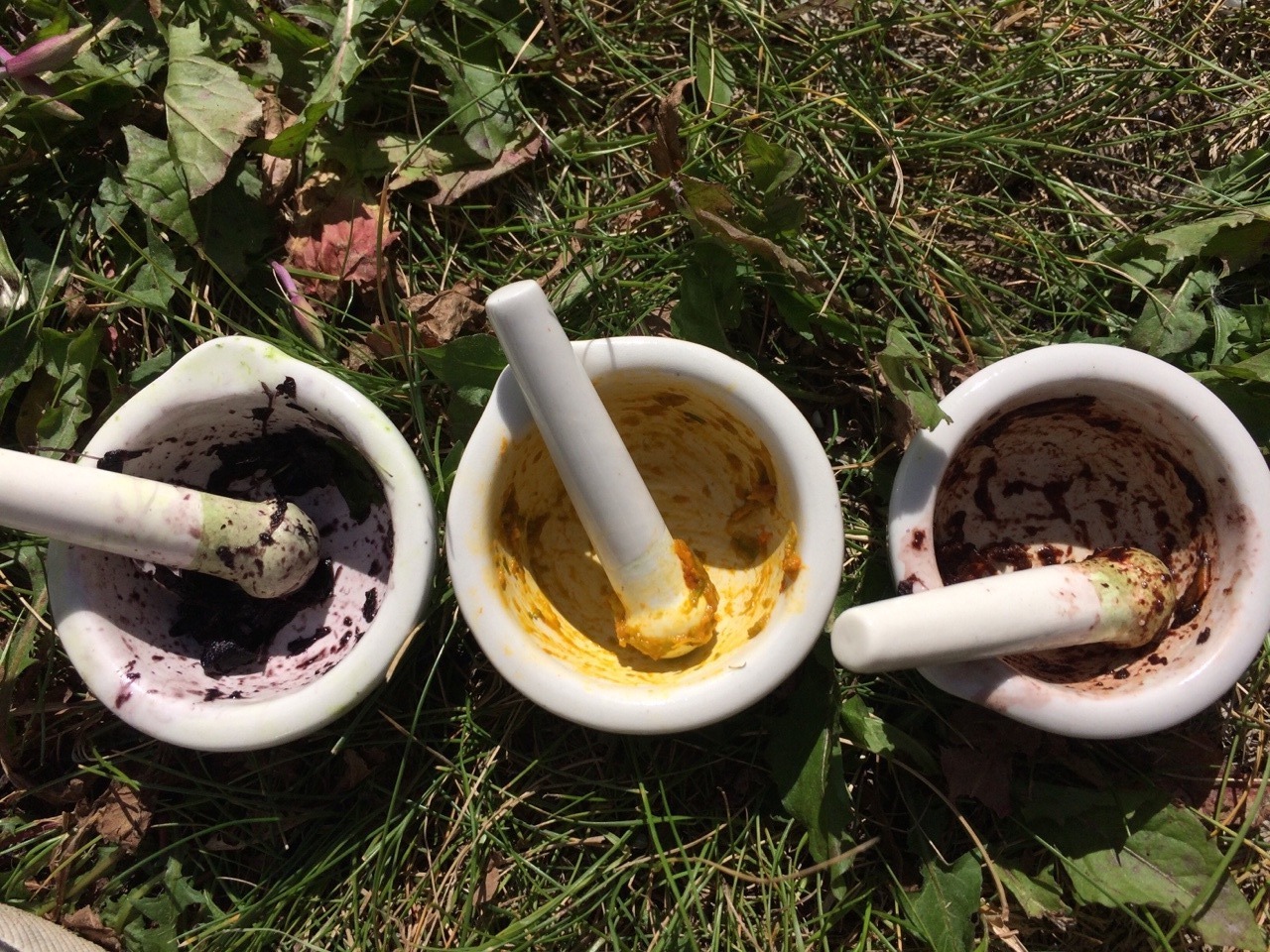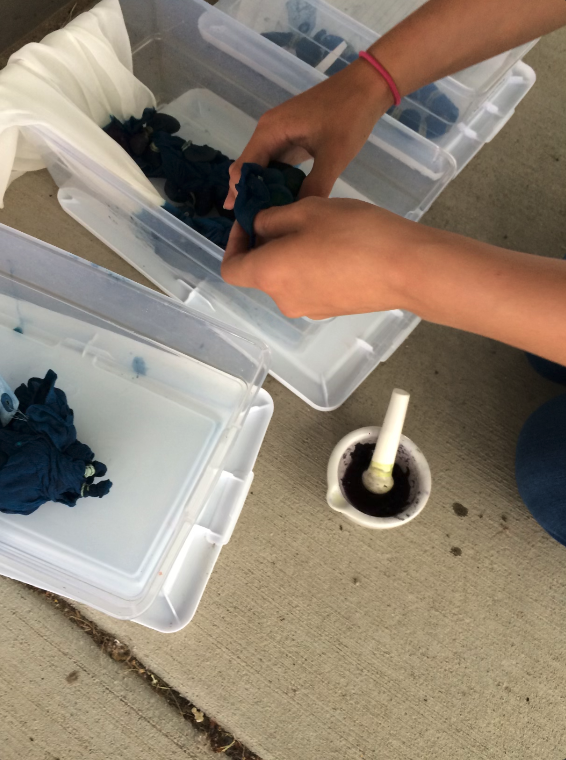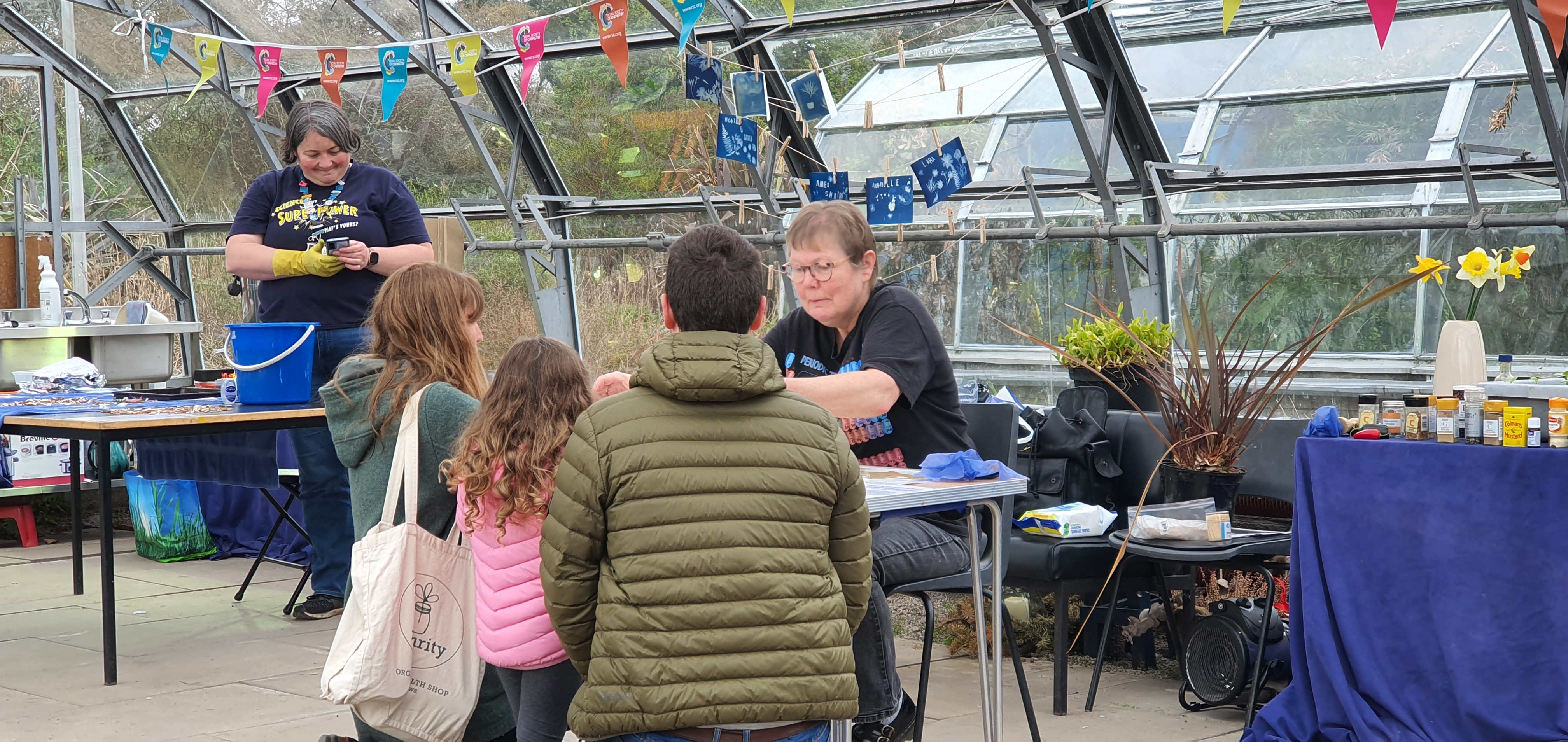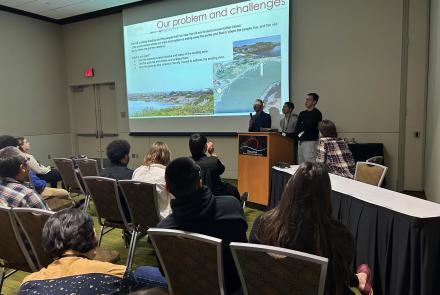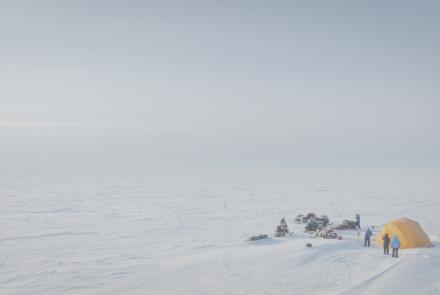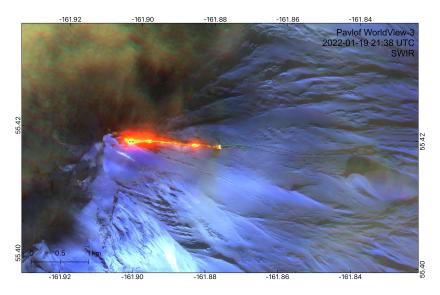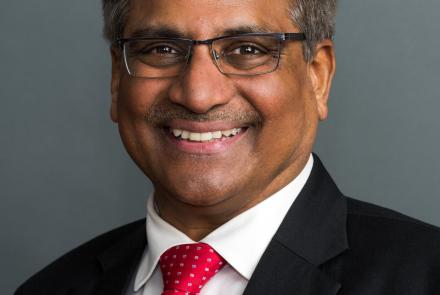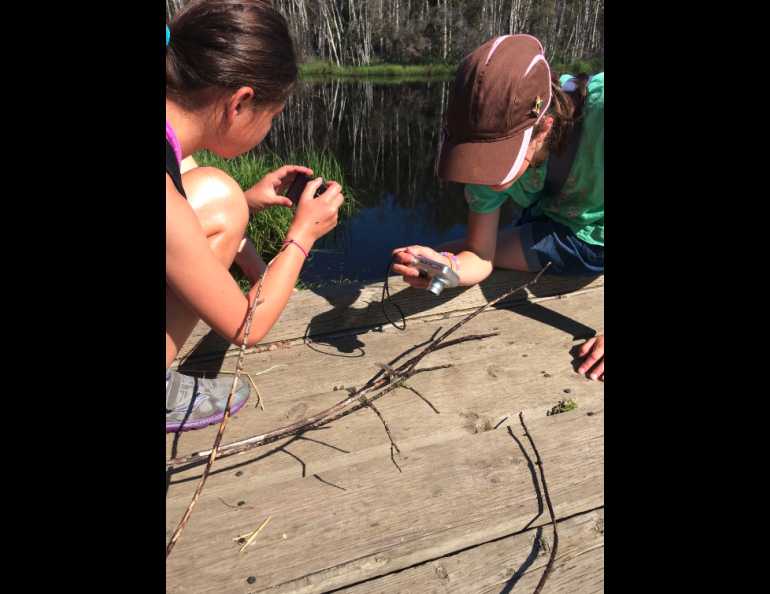
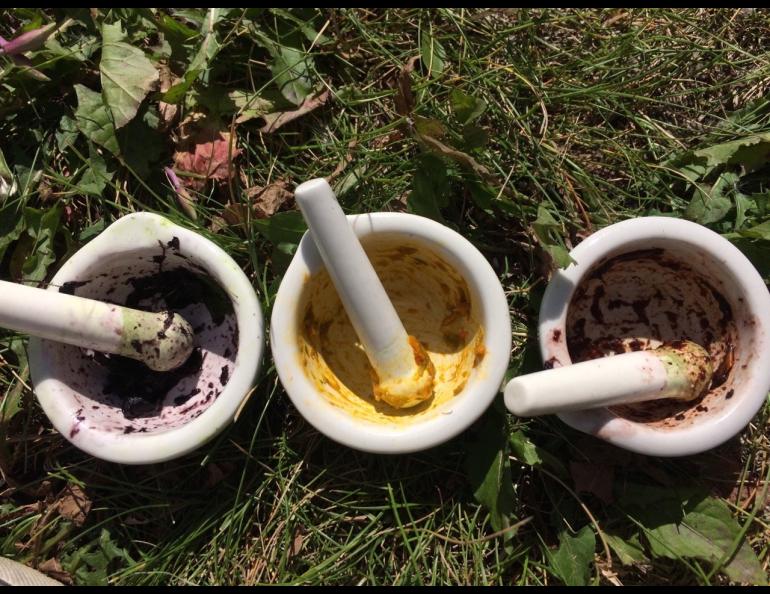

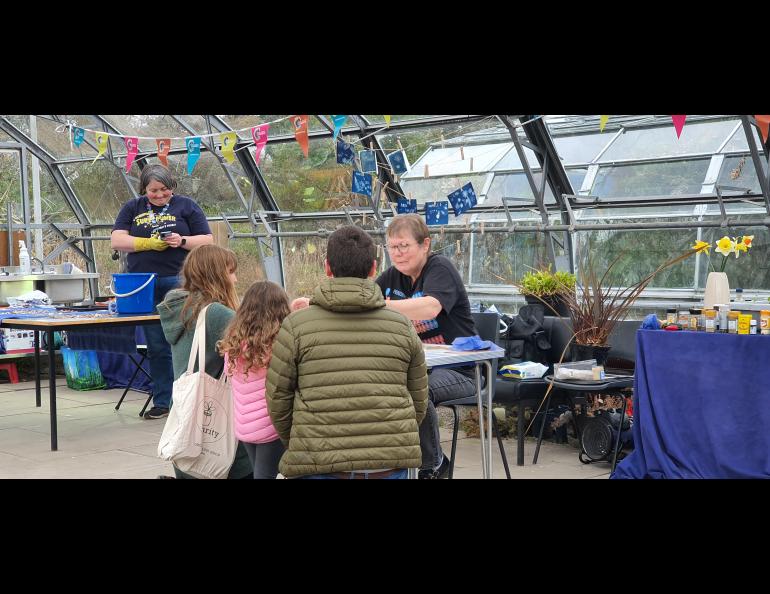
Local items boost students’ connection to science
Using local items in science lessons for K-12 students is especially important for teaching science in the North, according to new research.
Earlier studies have shown that hands-on school activities increase student interest in, and understanding of, complex science subjects. Using local items improves on that by creating emotional and cultural links to the science content being taught, the new research found.
Laura Conner, a research professor of science education at the University of Alaska Fairbanks Geophysical Institute, is the study’s lead author. The paper is among several in a collection published by Education in the North, a journal issued twice a year by the University of Aberdeen in Scotland.
The connection created with help from local materials may one day lead to a science identity, sparking a career goal or a lifelong appreciation of science, the researchers say.
“Sensory experiences are important everywhere,” said Conner, who is also one of the Geophysical Institute’s two associate directors. “But because there are often vast distances between communities in the North, people are relying to a large extent these days on distance education, which can, but doesn’t always, include hands-on, local materials.”
Co-authors include Perrin Teal Sullivan of the Geophysical Institute and Jane Essex and Jane Catlin, both of the University of Strathclyde, Scotland. Sullivan is a member of Conner’s Fostering STEAM project staff.
The authors write that “materiality” should be “formally elevated as an important pillar” of teaching in the Arctic due to its critical role in learning.
They define materiality as “education via social interaction” with certain items. Such items can represent the ideas, beliefs or values of a culture or individual, they add.
They note that materiality, especially when place-based, connects learners to the science material by activating emotion and connecting to culture.
“Land-based traditions are really important in northern countries,” Conner said. “Kids go out collecting berries, or hunting, with their families. We can build bridges between science and their everyday lives through teaching with natural, local objects.”
The authors write of the fireweed flower, common in Alaska, as an example.
It is natural to explore the texture, smell and vibrant color of the flower, they explain. These discoveries can invoke earlier personal and cultural experiences, such as making fireweed jam, and lead to questions about the form and function of the flower.
The paper presents four examples of learning activities in northern settings. Three used place-based materials, and one was only place-based in narrative.
One of the three place-based materials cases focused on a two-week summer STEAM camp in Alaska for girls. STEAM is science, technology, engineering, art and math. The group was chosen by the researchers to counter common thinking among girls that science is “rote, uncreative, passionless and not relevant to their interests.”
Another place-based materials example was a STEAM camp in Scotland for students with learning difficulties and from underprivileged areas.
The third place-based materials example occurred at a Scottish botanical gardens and was designed to highlight the interconnections between Scottish plant scientists and South Asian plant scientists.
The lone example that excluded place-based materials was also in Scotland and used only a place-based narrative in the local Gaelic language.
The researchers found differences in learning outcomes when comparing the three placed-based materials cases with the one case that did not use local materials. Overall, the data suggests that students in the place-based programs made a higher number of meaningful connections between the scientific concepts and their experiences.
Conner said that culture is a large part of how people interact with the world.
“Using local materials in the students’ science and art explorations,” she said, “is more likely to have the really important identity-related outcomes by incorporating those cultural connections.”
• Laura Conner, University of Alaska Fairbanks Geophysical Institute, 907-474-6950, ldconner@alaska.edu
• Rod Boyce, University of Alaska Fairbanks Geophysical Institute, 907-474-7185, rcboyce@alaska.edu

